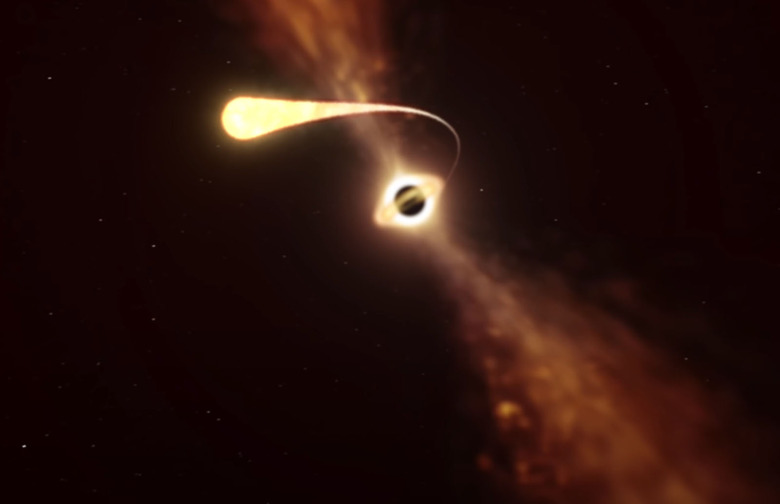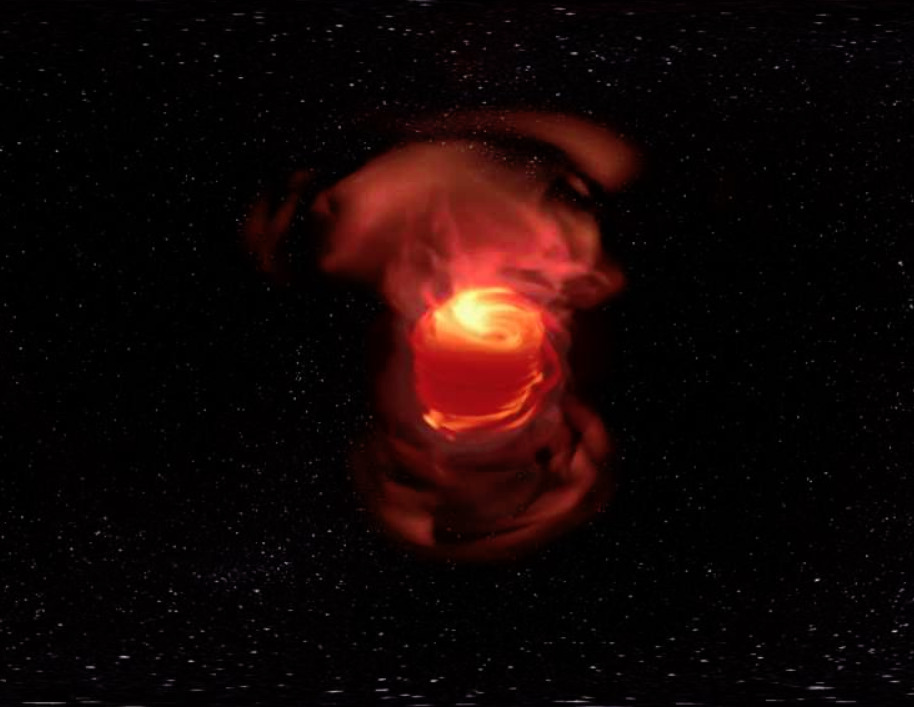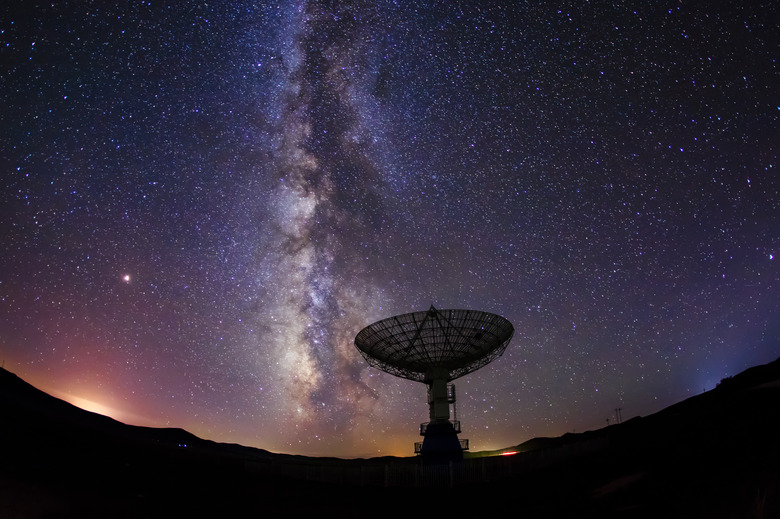New Discovery Says The Closest Black Hole To Earth Isn't A Black Hole At All
The Earth's closest black hole isn't a black hole at all. Instead, astronomers say it's just a two-star system where one star is sucking the life out of the other.
Earth’s closest black hole isn’t a black hole after all
Back in 2020, a mission led by the European Southern Observatory reported the discovery of a black hole close to Earth. In fact, it was located just a little over 1000 light-years away. This made it the closest black hole to our home planet that we'd ever discovered. Now, though, after reanalyzing the data, astronomers say the system they discovered, HR6819, doesn't actually have a black hole at all.
When it was first discovered, astronomers believed that HR6819 was a three-star system. They also believed that two of the stars orbited a black hole. However, a study led by Julia Bodensteiner, a then Ph.D. student at KU Leuven in Belgium, looked at an alternative option.
Bodensteiner said that HR6819 could be a two-star system with no black hole at all. This option meant one of the stars in the system had to have been stripped in the past. Essentially, one star would have lost a lot of its mass to the other, causing the effect that astronomers had observed. This alternative still left quite a mystery for astronomers to solve, though.
Digging deeper into the research
Around the same time Bodensteiner's study took place, another group of researchers was also looking into the discovery. They, too, found that the system was more likely a two-star system with one star siphoning mass from the other. A third study also determined that Earth's closest black hole wasn't really a black hole, too.
In that third study, astronomers Kareem El-Badry and Eliot Quataert of UC Berkeley analyzed the system's spectra. They found that the mass of one of the stars was greater than the mass of the other. As such, they said the one star is more bloated and appeared to be recently stripped and contracting into a hot subdwarf.
Bodensteiner's team joined up with another team led by KU Leaven researcher Abigail Frost to study the discovery more in-depth. Two years after its discovery, the team says the Earth's closest black hole is in fact just a two-star system where one star siphoned resources from another.
"Our best interpretation so far is that we caught this binary system in a moment shortly after one of the stars had sucked the atmosphere off its companion star," Bodensteiner wrote in a statement featured on the ESO's website. She also says that the occurrence is actually very common in close binary systems. Because one star siphoned material from the other, the recipient began to spin more rapidly.
It was this more rapid spinning that helped create the illusion that gave birth to Earth's closest black hole. A vampire star is still pretty scary, but, at least we can rest easy knowing there isn't a black hole less than 1500 light-years away from us.


